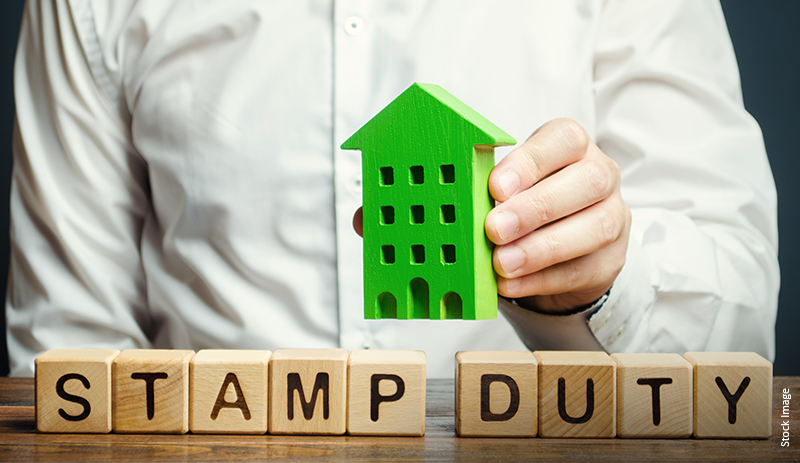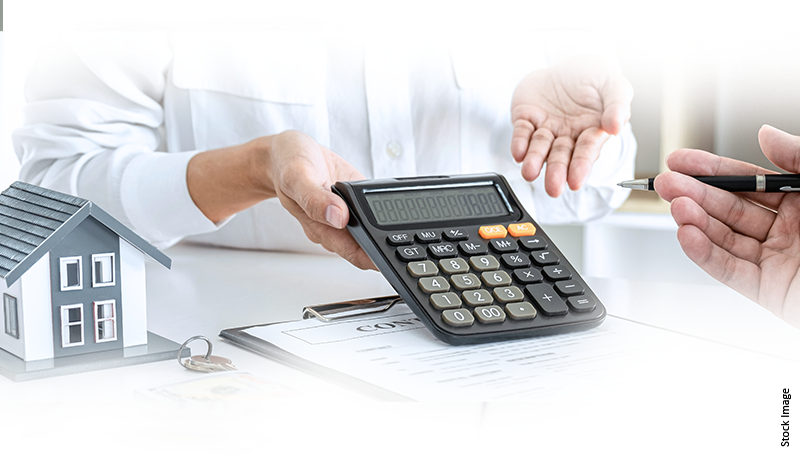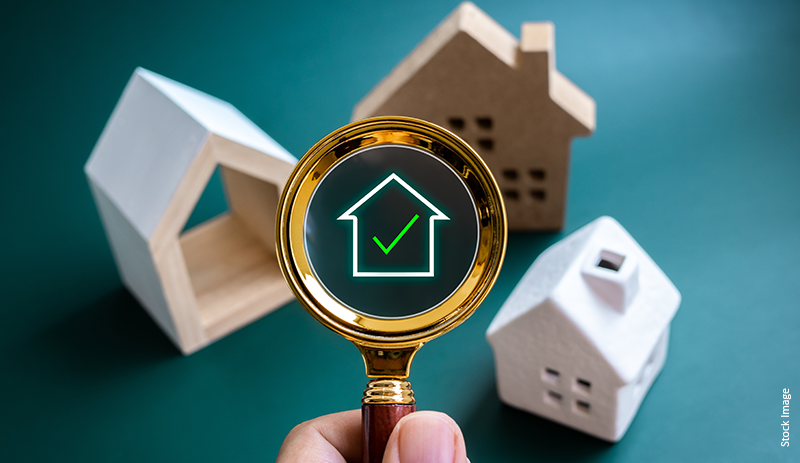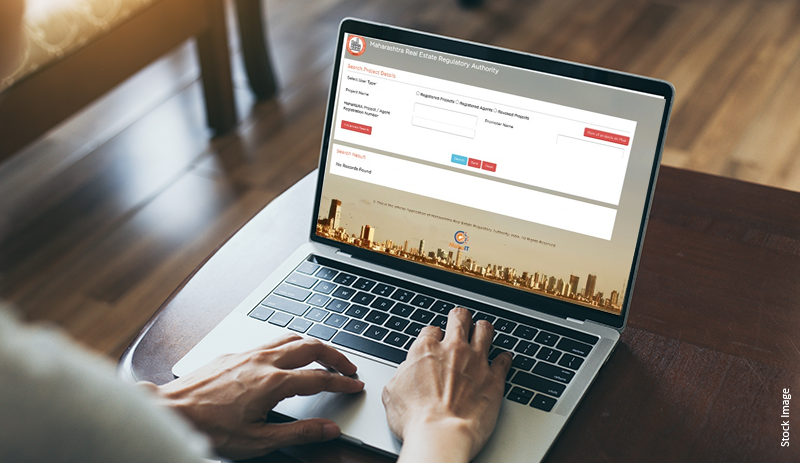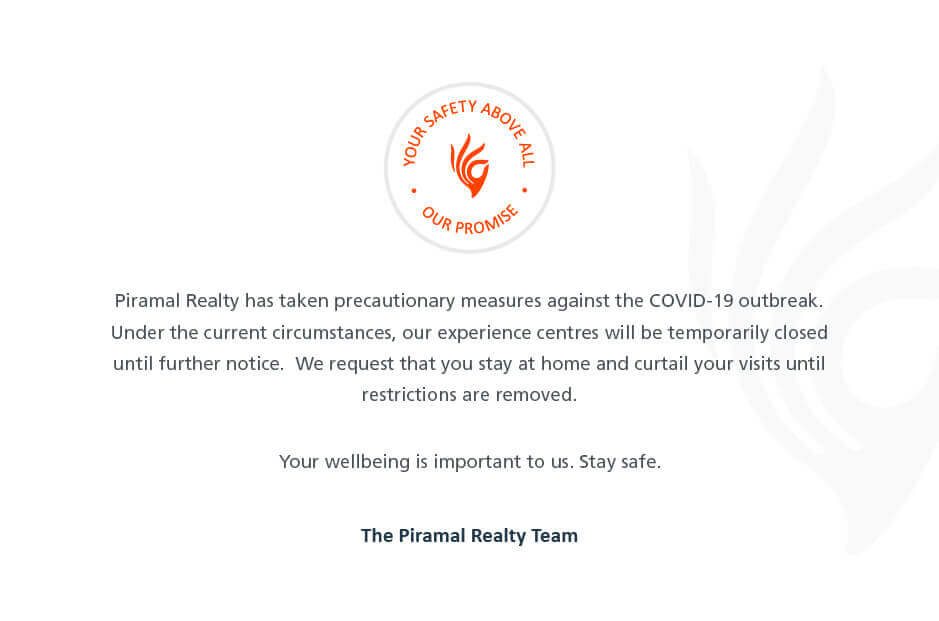Buying or selling a home can be one of the most important decisions for most people and also a long-term investment. The home buying process is often permanent, so buyers must research all aspects before finalising a house purchase. In India, the legal process for buying and selling a home can be complex and time-consuming, especially without professional guidance.
Checking the legality of a home in India is essential for residents to live hassle-free. To prevent home buyers from making any legal mistakes during a property purchase, this article discusses the legal dos and don’ts of buying and selling a home in India step by step.
Step 1: Title Verification
The first step in buying a house in India is to verify the property title. The title determines the legal owner of the property and helps establish the trail of owners. Title verification involves examining the property documents to ensure that the seller is the rightful owner of the property and has the right to sell it. The documents that the buyer has to examine include the sale deed, title deed, tax receipts, and any other relevant documents. This step is critical to avoid any legal disputes or complications in the future.
Step 2: Sale Agreement
Once the title verification gets completed, the buyer and the seller enter into a sale agreement. The sale agreement is the document that comes before signing the sale deed and has to be signed on non-judicial stamp paper. The sale agreement outlines the terms and conditions of the sale, such as the purchase price, payment schedule, and possession date. The sale agreement also includes clauses related to the property’s condition, warranties, liabilities, and other terms and conditions. The buyer should engage the services of a lawyer to review the sale agreement in detail to ensure that their interests are protected.
Step 3: Property Payment
Once the sale agreement and deed are signed, the buyer needs to pay a token amount to the seller as a sign of commitment to the sale and home/flat purchase. This is also called the deposit amount/advance money. If the buyer has the means to pay the deposit, they can directly proceed with the home buying and home selling process. The seller has to check whether they are okay with taking the balance amount in instalments or lump sum, depending on the terms of the sale agreement. The buyer and seller must ensure the payment gets made through legal modes and that all the required documents are in place. The seller has to look out, especially for the former part and the buyer for the latter.
Step 4: Registration
The next step in the legal process of buying a home is property registration The registration duties shift from the seller to the buyer after the house purchase. The buyer has to register the property with the local authorities and pay the registration fees and stamp duty. Stamp duty is a tax imposed by the state government on property transactions, and the registration fee is a fee charged by the local municipal authorities for registering the property in the new owner’s name. The registration process involves submitting the sale agreement, title deed, and other relevant documents to the local authorities, so the buyer should keep them safe.
Step 5: Possession of the property
Once the registration is complete and the entire consideration is paid by the buyer to the seller, the buyer takes possession of the property. The possession date is specified in the sale agreement, and the seller needs to hand over the property to the buyer on or before the possession date. The buyer needs to ensure that they have a clear idea about the possession period before signing the house purchase agreement. They should also check if the property is in the same condition as agreed upon in the sale agreement.
Step 6: Transfer of utilities
The final step in the legal process of buying a home and selling it is the transfer of utilities. The buyer needs to transfer the utility connections, such as electricity, water, and gas, to their name. This step ensures that the buyer is responsible for paying the utility bills from the possession date onward.
Conclusion
The legal process of buying a house and selling it in India involves several steps, including title verification, sale agreement, payment, registration, possession, and transfer of utilities. It is essential to follow these steps meticulously to avoid any legal disputes or complications in the future.
Engaging the services of a lawyer and a trusted real estate agent can help ensure a smooth and hassle-free buying or selling experience.
And when looking for a contemporary home, be sure to check the elegantly luxurious properties offered by Piramal Realty and book an online tour with us!
Disclaimer- This article is based on the information publicly available for general use as well as reference links mentioned herein. We do not claim any responsibility regarding the genuineness of the same. The information provided herein does not, and is not intended to, constitute legal advice; instead, it is for general informational purposes only. We expressly disclaim/disown any liability, which may arise due to any decision taken by any person/s basis the article hereof. Readers should obtain separate advice with respect to any particular information provided herein.








 Table of Contents
Table of Contents